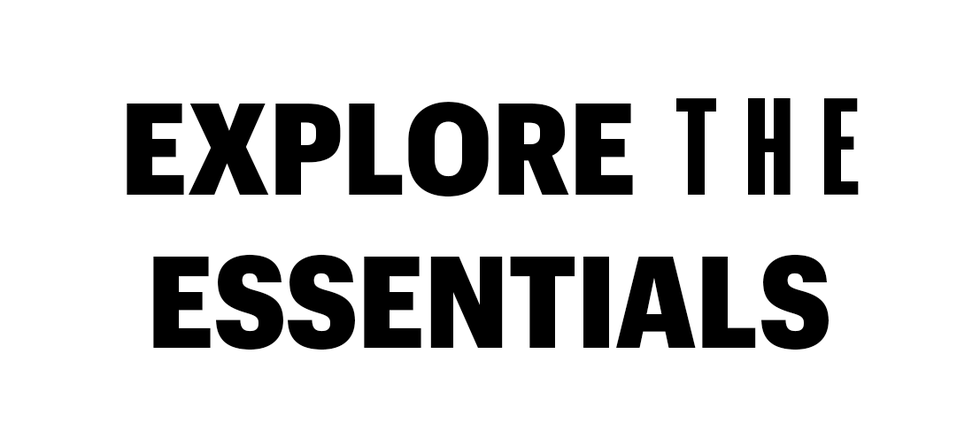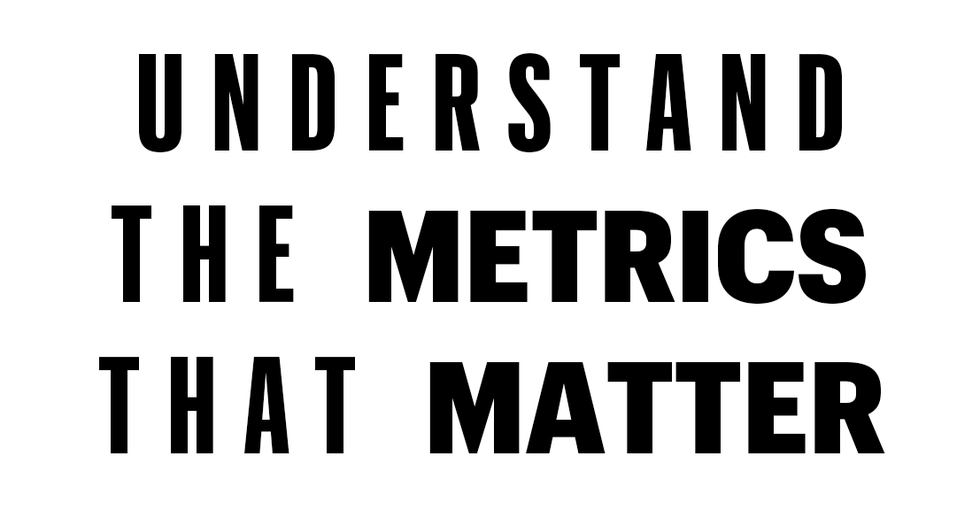YOU HAVE MASSAGE guns and air compression boots and electrostimulation kits and vibrational back massagers. And all this gear is designed to help you recover faster, so you can train harder. Except um . . . exactly which piece of gear are you actually supposed to use? And how?
Welcome to the next step in the high-tech recovery gear revolution, the Great Recovery Gear Quandary. After decades of icing and stretching as your main modes of bouncing back, you have more gear than ever at your disposal, in addition to a host of metrics, both venerable and brand-spanking-new, that may (or may not!) set you on a faster path to gains. The problem: There’s no roadmap to understanding this wonderful world of recovery.
Until, now, that is. Let’s break down the good, bad, and pointless of the recovery gear industry – and give you a little glimpse of what’s coming next, too.
Massage Gun
The easy entry point into recovery science (from $199 for the Theragun Mini to $399 for the Hyperice Hypervold 2 Pro). Run it over a muscle for 15 seconds preworkout to encourage blood flow. It’s great for busy people wedging work-outs into active schedules.
Contrast Therapy
The Hyperice X ($399) hits your knee with bursts of ultra-cold (for pain relief) and heat (for blood flow), ideal for chronic knee aches. All athletes over 40 should consider this.
Sleep Googles
Therabody Smart-Googles ($199) aim to evolve the sleep mask, blending heat and vibration to relieve eye strain and help you rest. They’re far from perfect (for now!), so don’t leap to get this iteration. But keep an eye on the space; everyone can stand to get more quality sleep.
Electro-Stimulation
Electrical muscle stimulators essentially contract and relax muscles quickly, which helps decongest swollen tissue. That happens regularly if you walk frequently. Weekend runners struggling to get steps in, consider Powerdot (from $199).
Red-Light Therapy
Exposing yourself to near-infrared light (via a device like a Joovv, which starts at $599) can increase blood flow, which speeds up the healing process. It’s best for areas that lack good circulation, like your elbows and feet. Runners and tennis players, take a look.
Air Compression
Boots like the Hyper-Ice Normatec 3 Legs ($799) tighten and then loosen around your legs repeatedly, increasing blood flow to lessen soreness and increase IGF-1 growth factor production. That’s useful if you’ve hit #legday hard. Aspiring bodybuilders, this one’s for you.
The tracking revolution lets you analyze an alphabet soup of body stats. Where does a biohacker start? With the basics—then evolve.
Check Your Load Daily
Movement Score:
From Whoop’s strain score to daily steps (aim for8,200+), workload tells you how much you need to rest.
Training Score:
How was your last workout? Monitor your typical training heart rate: It’ll indicate when you’re getting fit.
Sleep Score:
There’s no better metric than quality sleep, which releases hormones that your body needs for repair.
Study Your Training Response
Heart-Rate Variability:
HRV can quickly tell you when you’re fatigued—or strong. Watch how you’re trending over seven days; day-to-day changes matter less.
Resting Heart Rate:
A low resting heart rate indicates readiness. This number will fluctuate less than your HRV.
Apple Watch’s heart-rate data is among the deepest.
Consider Long-Term Data
VO2 Max:
Is your regimen working? Find out by taking this grueling test of your cardiorespiratory fitness.
CGM:
Data from continuous glucose monitors can be inexact. Check insulin-sensitivity data once a year.
Blood Tests:
Products like InsideTracker offer info that’s useful for runners and triathletes, who often overtrain.
The Oura Ring and Apple Watch are here now, but a new wave of devices will define the future of fitness metrics.
Hydration Tracking
The NIX biosensor analyzes your sweat during training to determine water needs. For round-the-clock tracking, check out the MASIMO W1 health-tracking watch.
Hrv Coaching
How can you make your HRV better? Enter LIEF, which attaches to your torso and promises to teach you to man-age your HRV and stress levels—and may be covered by insurance.
Hearable
The issue with smartwatches: Your wrist motion can subtly affect your data. That’s not a problem with “hearables,” a new generation of trackers that sit in your ear canal.
OUR EXPERT RECOVERY PANEL: Dan Giordano, P.T., D.P.T., C.S.C.S., BespokeTreatments physical therapist and MH advisor. Navin Hettiarachchi, Ph.D.,D.N.M.,former Washington Wizards performance director. Raphael Brandon,Ph.D., head of performance science at BreakAway Data, which tracks data insights for athletes. Brandon M. Marcello, Ph.D., researcher and high-performance strategist. Kelly Starrett, D.P.T., cofounder of The Ready State.
This story appears in the March 2023 issue of Men’s Health.
Lindsay Berra is a former MLB reporter and ESPN the Magazine writer who specializes in fitness. She’s the granddaughter of the late MLB great Yogi Berra.
Ebenezer Samuel, C.S.C.S., is the fitness director of Men’s Health and a certified trainer with more than 10 years of training experience. He’s logged training time with NFL athletes and track athletes and his current training regimen includes weight training, HIIT conditioning, and yoga. Before joining Men’s Health in 2017, he served as a sports columnist and tech columnist for the New York Daily News.













Comments are closed.